In an era where sustainability is more than a buzzword, it’s a global imperative, the Internet of Things (IoT) emerges as a transformative force in the realm of green technologies. “Green Technologies: The IoT Revolution in Sustainability” delves into how IoT is driving the evolution of sustainable practices across various sectors, fostering a healthier planet and a more sustainable future. This article offers a unique perspective on the integration of IoT in sustainability efforts, ensuring SEO-friendly content that stands out.
IoT, with its network of connected devices and sensors, is revolutionizing the way we approach environmental conservation and resource management. In the energy sector, IoT is instrumental in creating smarter, more efficient systems. Smart grids powered by IoT not only distribute electricity more efficiently but also seamlessly integrate renewable energy sources like wind and solar power. This reduces reliance on fossil fuels and lowers greenhouse gas emissions, contributing significantly to a cleaner environment.
In the agricultural sphere, IoT’s impact is equally profound. Precision agriculture, enabled by IoT technologies, allows for the meticulous monitoring and management of crop and soil conditions. This means water, fertilizers, and pesticides are used only as needed, minimizing runoff and environmental damage while maximizing crop yield and resource efficiency. The result is a more sustainable agricultural practice that supports food security without compromising the planet’s health.
IoT also plays a pivotal role in sustainable urban development. Smart city initiatives utilize IoT to optimize everything from traffic flow to waste management. For instance, IoT-enabled traffic systems reduce congestion and pollution, while smart waste bins and recycling systems ensure waste is managed more efficiently. These innovations not only make cities more livable but also significantly reduce their environmental impact.
However, as we champion the benefits of IoT in sustainability, it’s crucial to address the challenges that accompany its widespread adoption. The manufacturing, operation, and disposal of IoT devices pose their own environmental challenges. Therefore, a critical focus on the sustainability of the devices themselves, through energy-efficient designs, sustainable materials, and recycling programs, is essential. Additionally, robust security and privacy measures are vital to protect the vast amounts of data IoT devices generate.
The IoT revolution in sustainability extends into water conservation and management, a critical area given the increasing water scarcity issues worldwide. IoT devices monitor water levels, quality, and usage across various sectors, providing data that can lead to more efficient water use and better water management policies. For instance, smart irrigation systems in agriculture use IoT to water crops precisely when needed, significantly reducing water wastage. In urban areas, IoT sensors detect leaks and inefficiencies in the water distribution network, ensuring that water loss is minimized.
Moreover, IoT is paving the way for enhanced environmental monitoring and protection. Sensors deployed in natural environments can track changes in climate conditions, monitor wildlife populations, and detect illegal activities such as deforestation or poaching. This real-time data is invaluable for conservation efforts, providing the insights needed to protect and preserve natural habitats and biodiversity.
The role of IoT in promoting circular economy principles is also noteworthy. By enabling the tracking and monitoring of products throughout their lifecycle, IoT helps businesses and consumers understand and optimize the use and reuse of resources. This can lead to more sustainable consumption patterns, reduced waste, and a shift toward products that are designed for durability, reparability, and recycling.
The journey towards a sustainable future powered by IoT is a collaborative one. It requires the involvement of technologists, policymakers, businesses, and individuals. Technological innovation must continue to focus on making IoT devices more energy-efficient, durable, and recyclable. Policymakers need to establish frameworks that encourage the adoption of sustainable IoT solutions and ensure that data is handled responsibly and securely. Businesses can lead by integrating IoT technologies into their operations and products, driving efficiency, and sustainability. Individuals can contribute by embracing IoT solutions that help them reduce their environmental footprint.
As we continue to write the narrative of “Green Technologies: The IoT Revolution in Sustainability,” it’s clear that IoT holds tremendous potential to drive environmental sustainability. From conserving energy and water to promoting sustainable agriculture and urban development, the applications of IoT are vast and varied. However, realizing this potential fully requires a sustained commitment to innovation, collaboration, and responsible stewardship. As we embrace the possibilities of IoT, we must also address its challenges head-on, ensuring that this technological revolution truly serves the cause of environmental health and sustainability. The path ahead is one of opportunity and responsibility, and with the right approach, IoT can indeed be a powerful ally in our quest for a sustainable future.
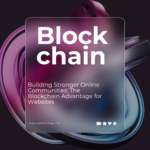
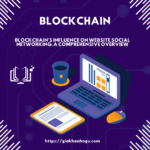





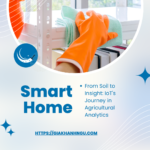


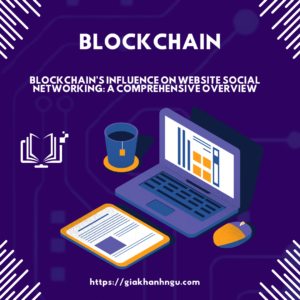
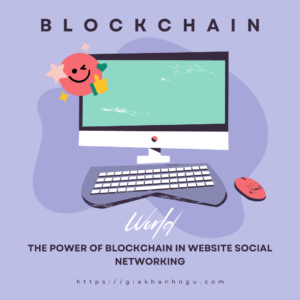
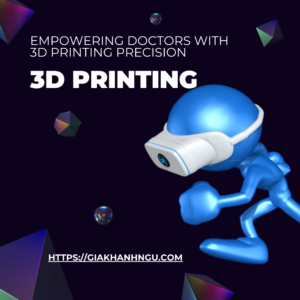
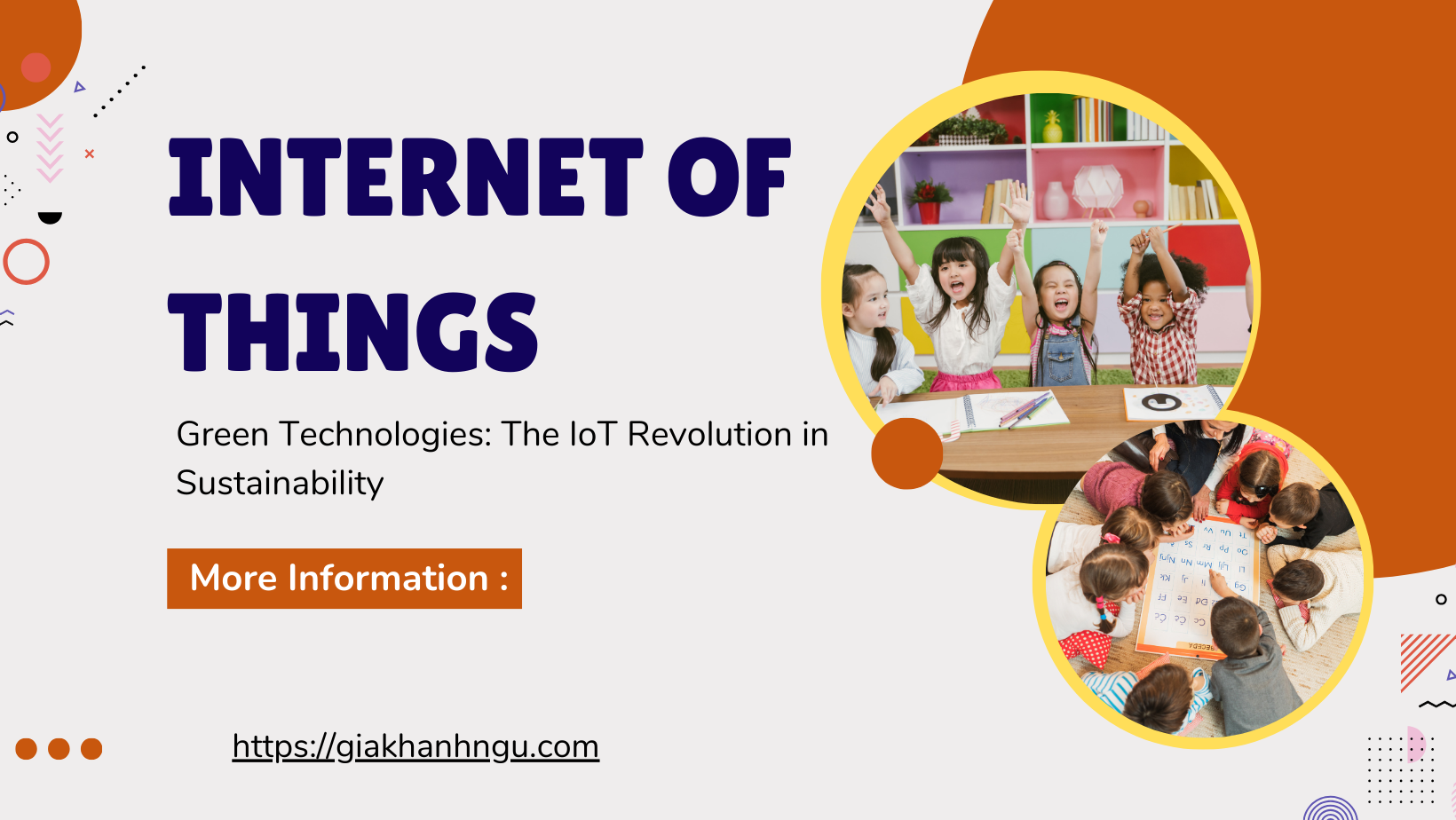

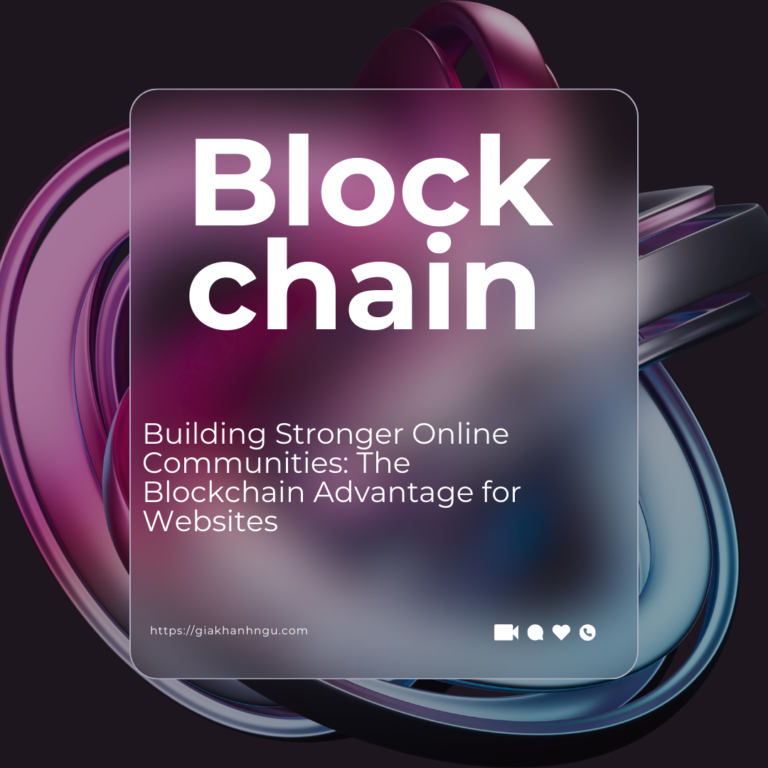



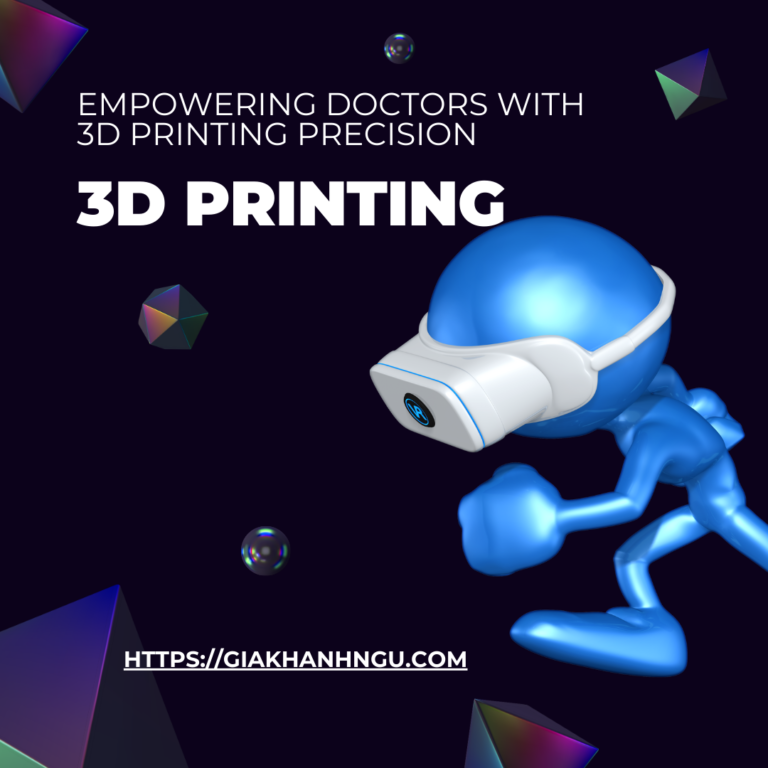



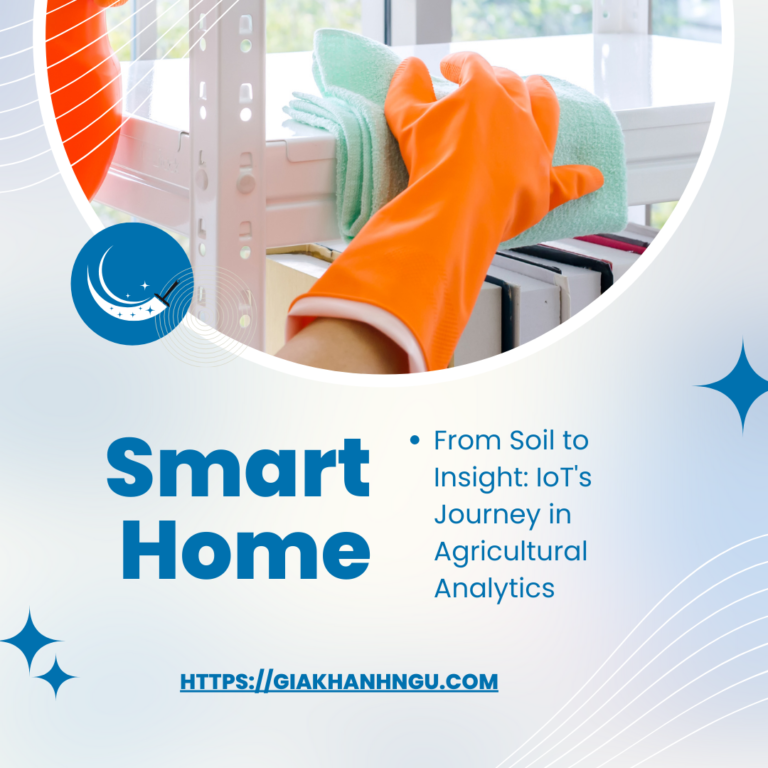
+ There are no comments
Add yours